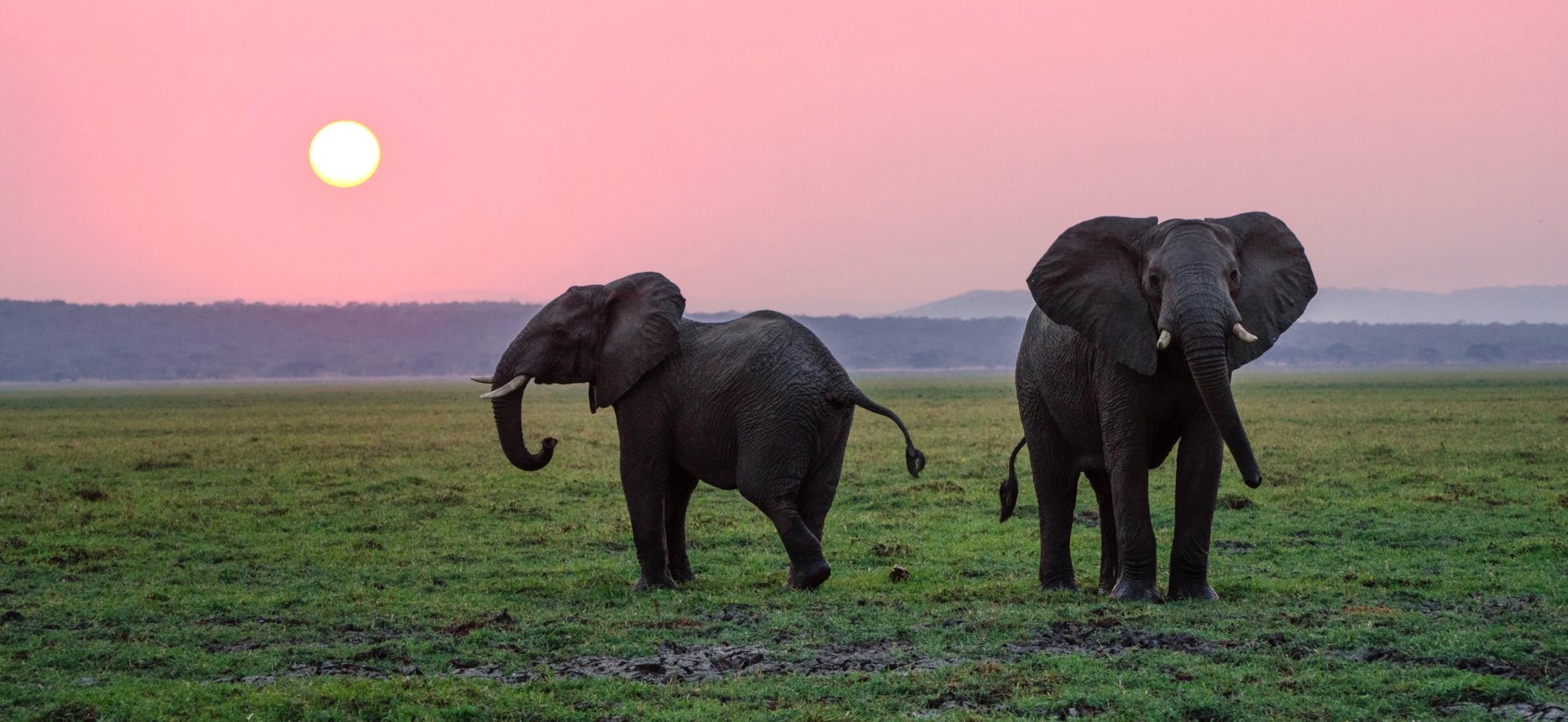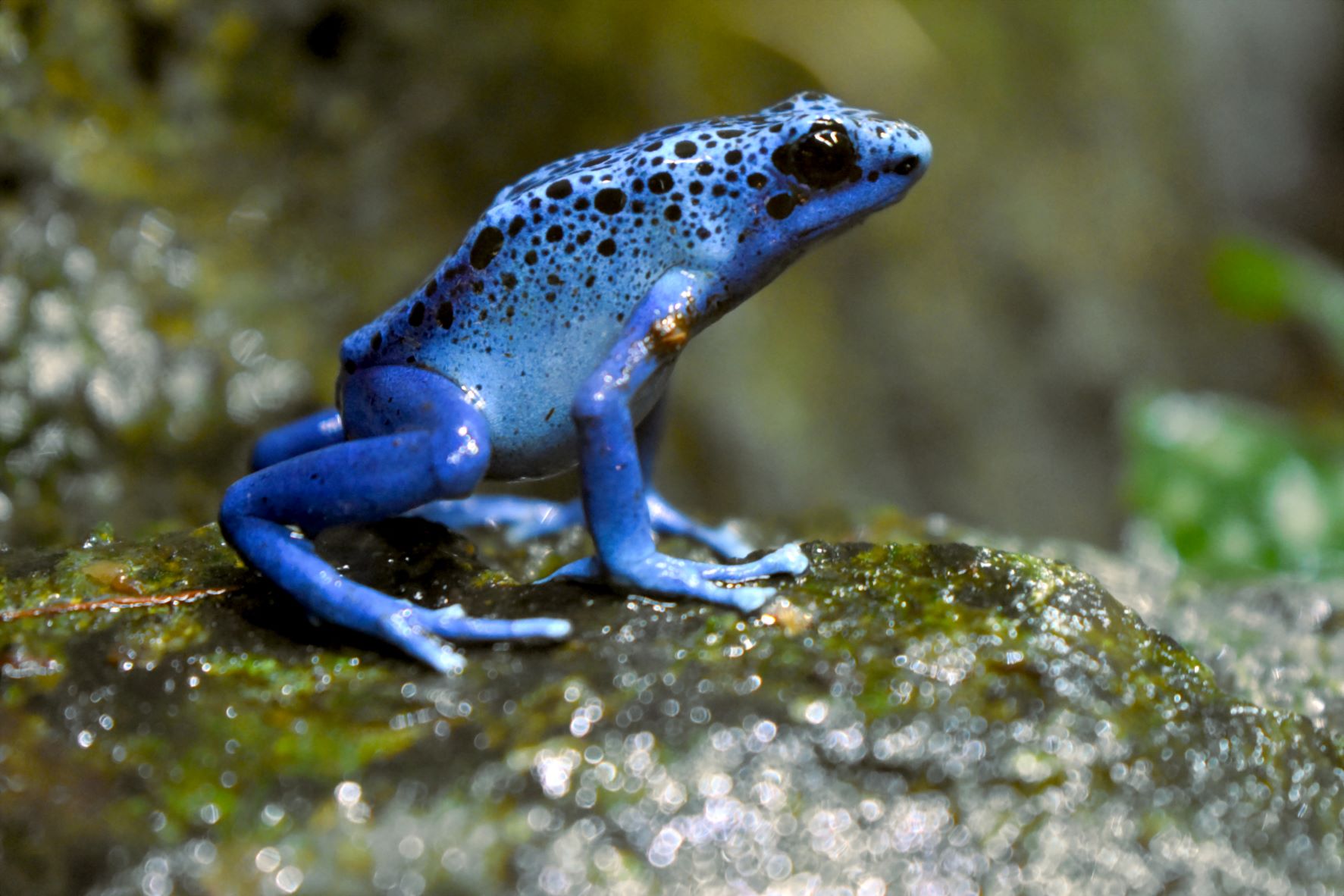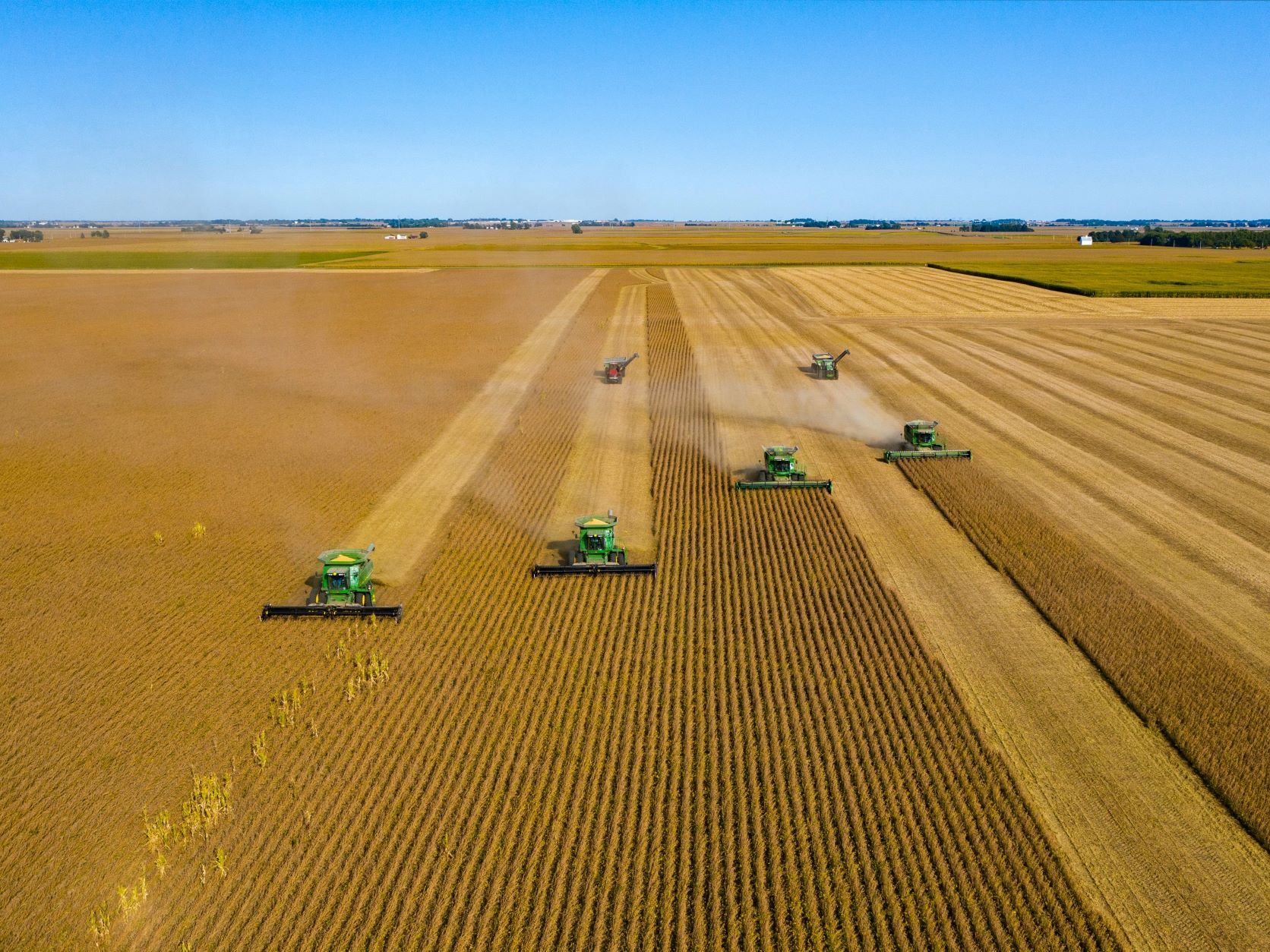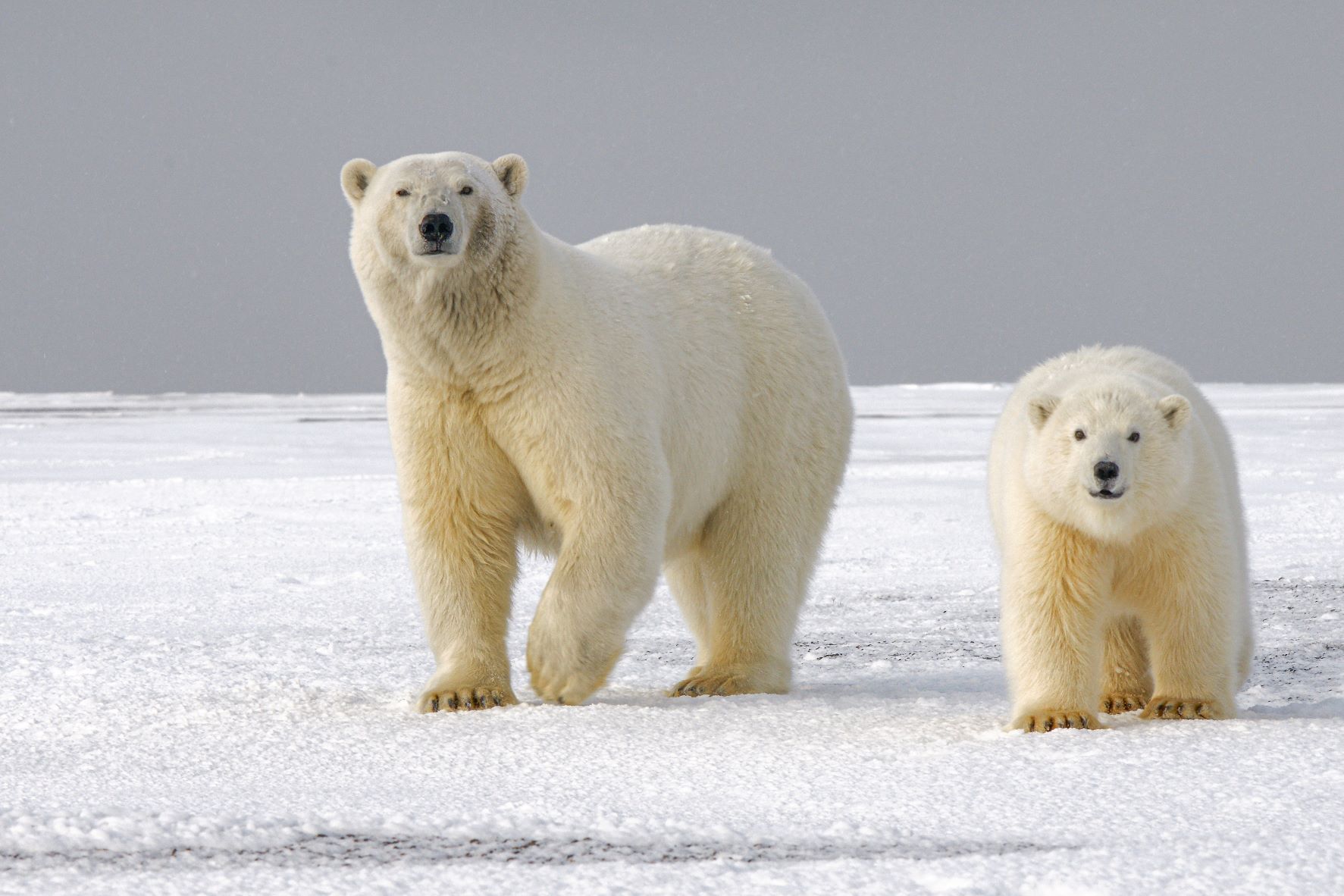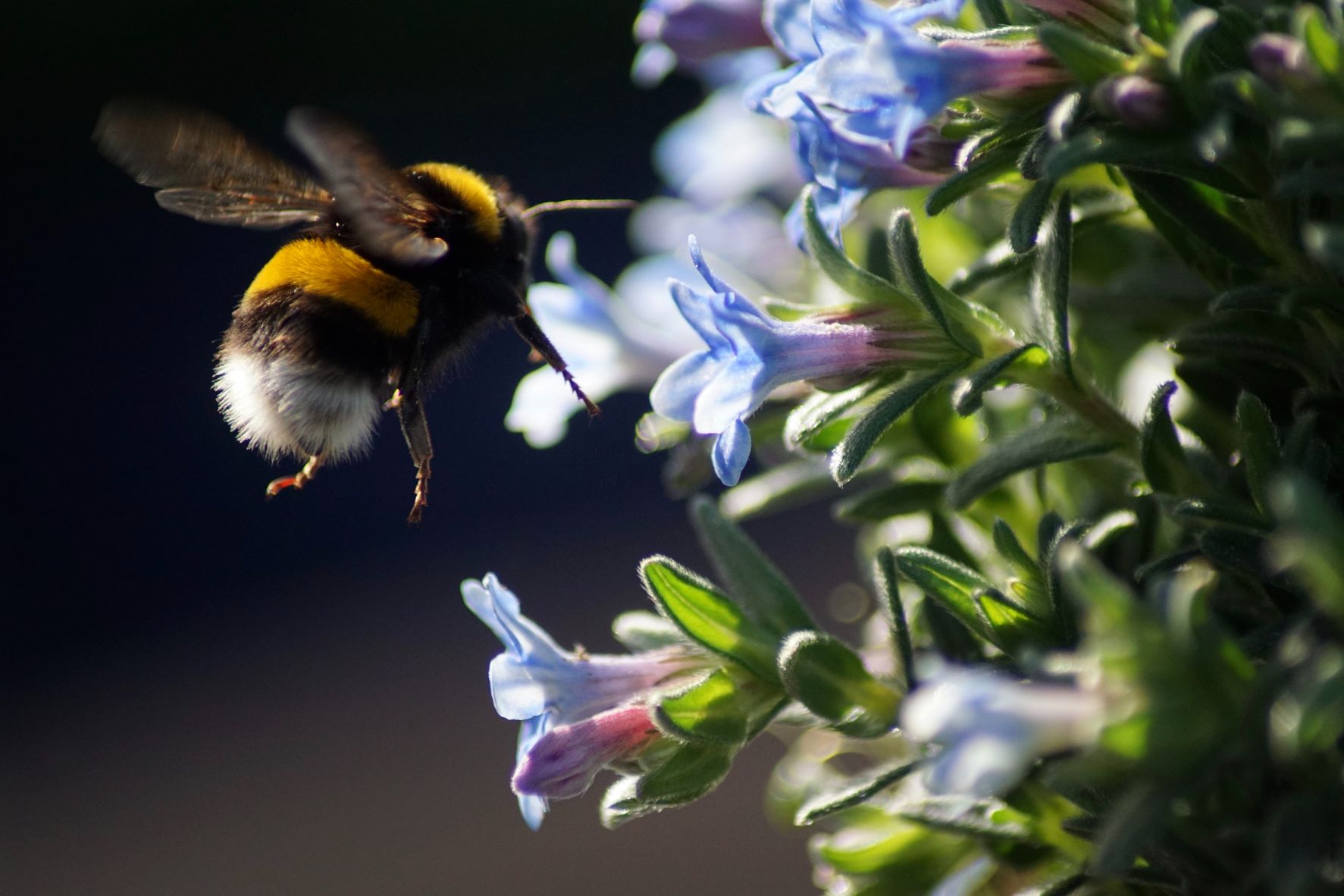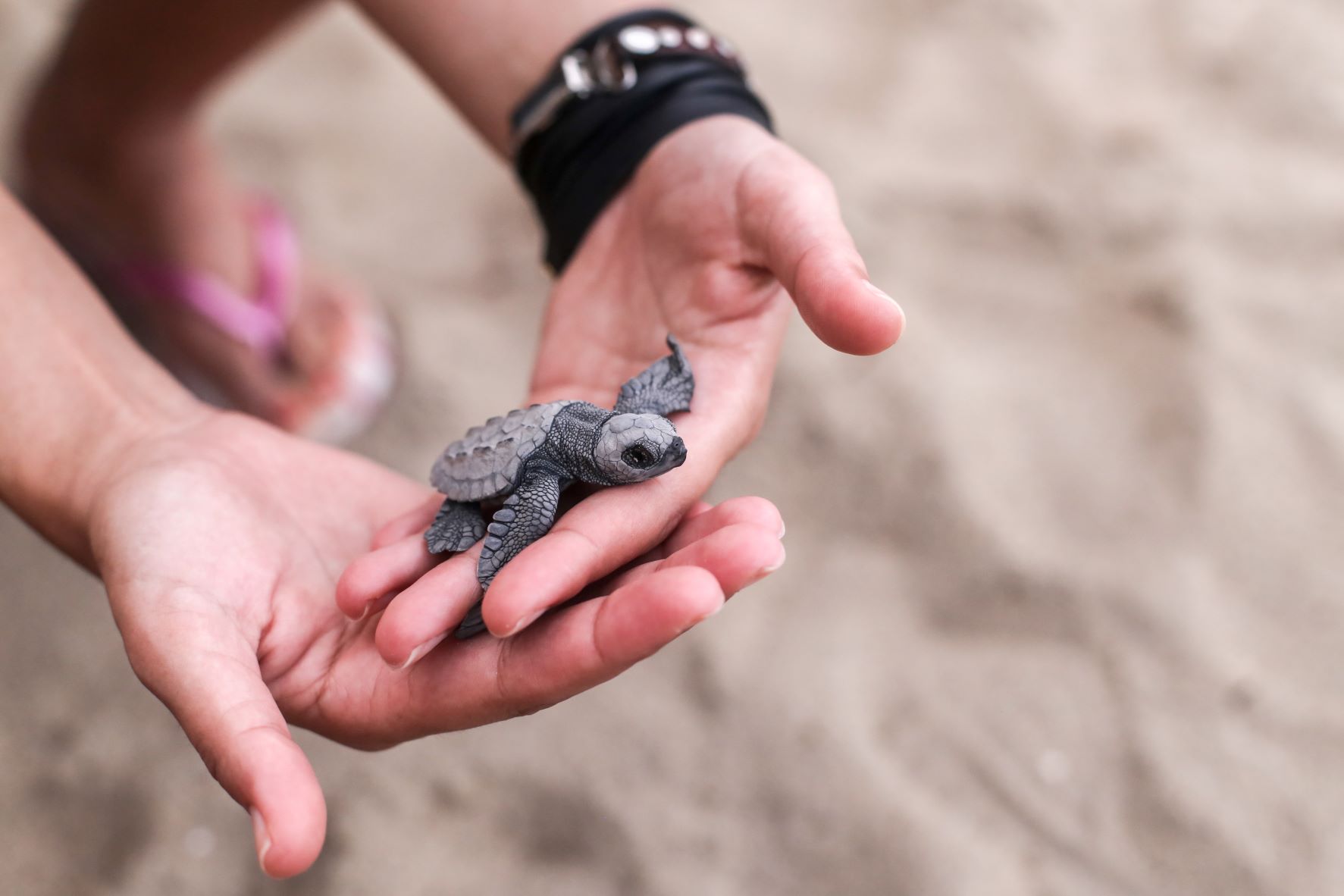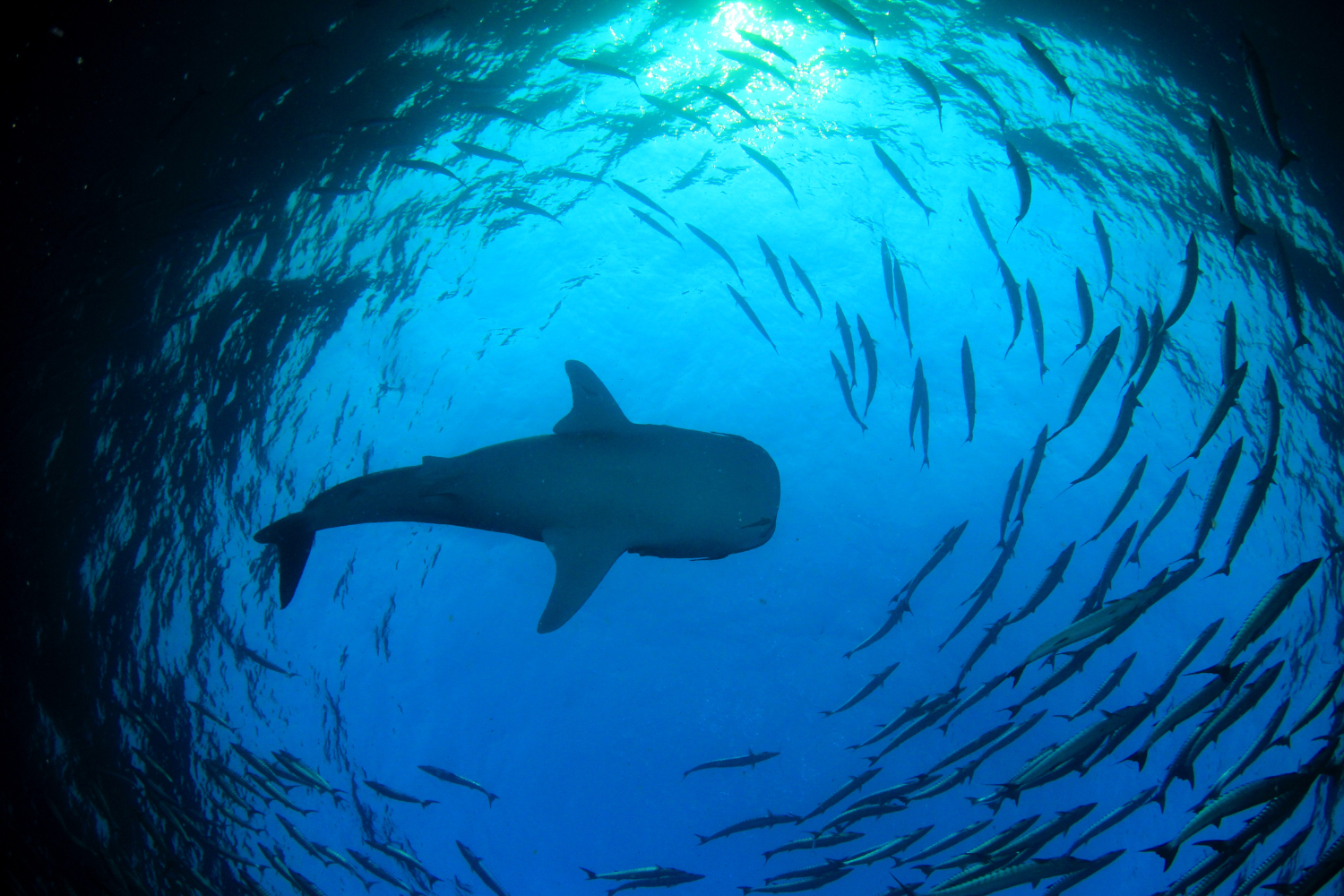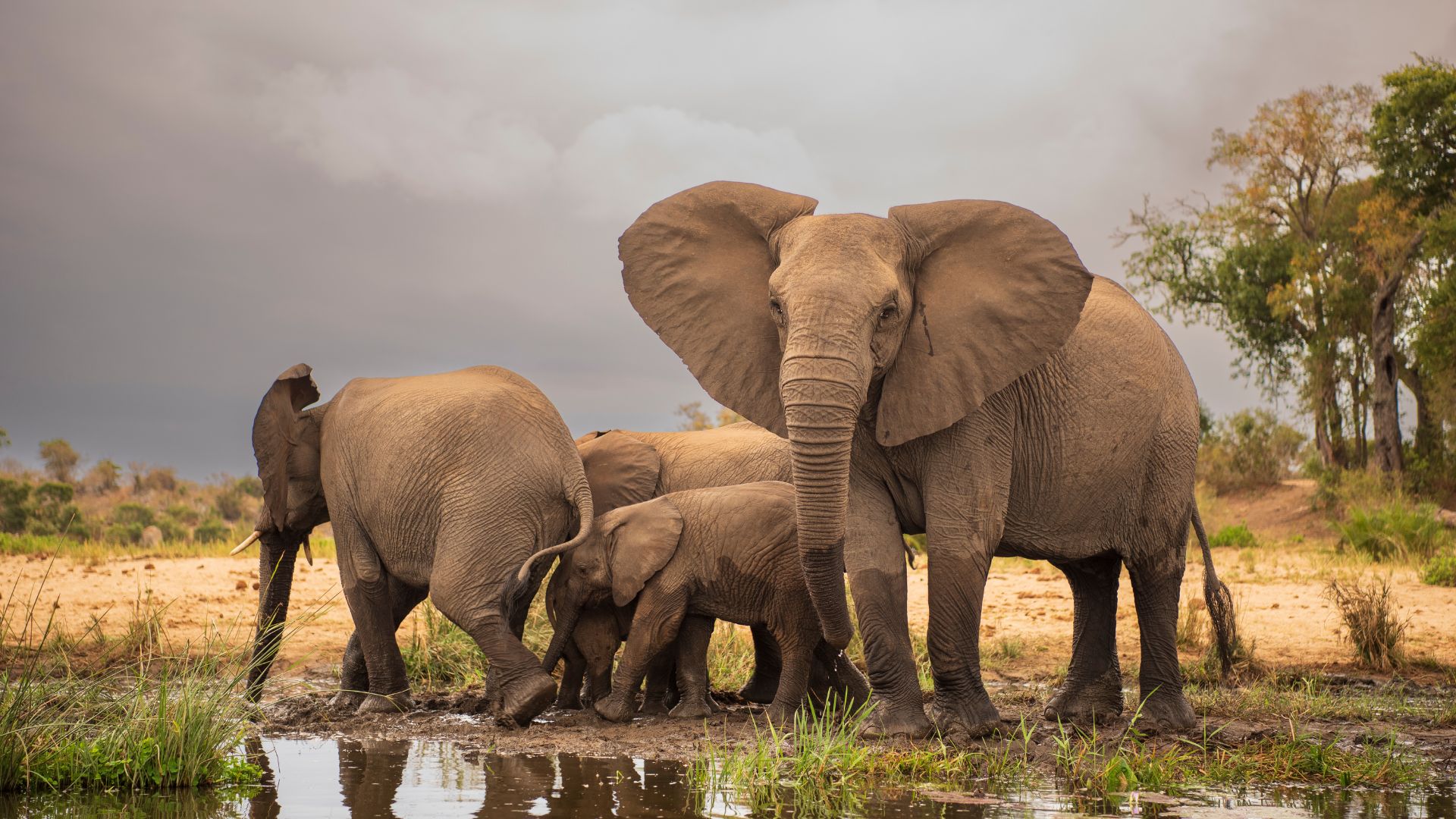Why is biodiversity important and what is happening to it?
Asking how biodiversity benefits us is a bit like asking how good nutrition, healthcare, and shelter benefit us. We can’t live well without it! Biodiversity, the diversity of all life on Earth, is essential for ecosystem health and provides humanity with immeasurable services, from clean water and air to food, building materials, and medicines, as well as psychological, cultural, and spiritual benefits. Unfortunately, species of animals and plants are now going extinct so fast due to human activity that scientists have declared a sixth mass extinction, also called the Anthropocene or Holocene extinction.
The previous (fifth) mass extinction, the Cretaceous-Tertiary or ‘K-T’ extinction, occurred 66 million years ago, likely because of a massive comet or asteroid that collided with Earth. This event devastated the global environment and wiped out 80% of animal species, including the dinosaurs.
Biodiversity loss is a crisis on par with climate change but receives far less attention. This is a problem because biodiversity is key to maintaining healthy ecosystems, which all of humanity depend on. Species extinctions are inherently tragic, but with rapid biodiversity decline, there is also a growing risk of ecosystem collapse, which would threaten all life on this planet.

